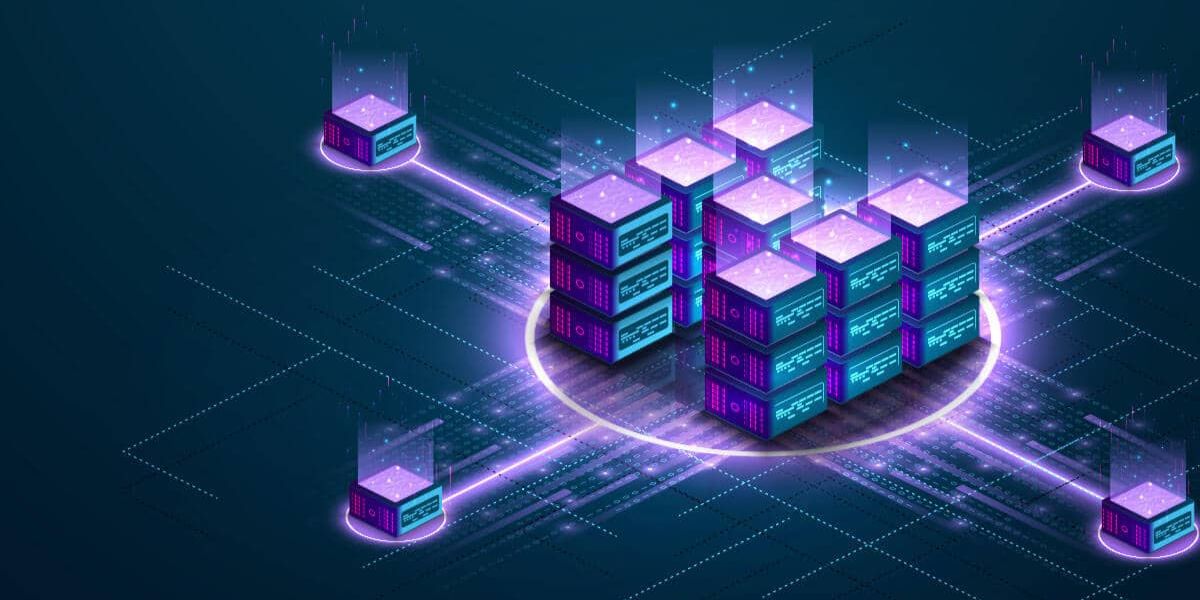
In the rapidly evolving landscape of digital security, Blockchain Authentication emerges as the cornerstone of a new era. This blog unravels the transformative potential of Blockchain in securing control panel interfaces, paving the way for unparalleled levels of trust and data integrity.
Navigating the Digital Frontier: The Role of Blockchain in Control Panel Security
Blockchain, the decentralized ledger technology that underpins cryptocurrencies, is revolutionizing the way we approach security in control panels. This section explores the fundamentals of Blockchain and its pivotal role in ensuring the integrity and authenticity of data within control panel interfaces.
Understanding the Basics: How Blockchain Authentication Works
At its core, Blockchain Authentication employs a distributed consensus mechanism to verify transactions. In the context of control panels, this translates into a tamper-resistant and transparent system, reducing the risk of unauthorized access or data manipulation.
Decentralization: A Paradigm Shift in Control Panel Security
Unlike traditional security models, Blockchain operates on a decentralized network. This decentralization eliminates the vulnerabilities associated with a single point of failure, making control panels more resilient to cyber threats.
Immutability in Action: Safeguarding Control Panel Data
One of the distinctive features of Blockchain is its immutability. Once data is recorded on the Blockchain, it becomes nearly impossible to alter. This inherent property adds an extra layer of protection to control panel data, ensuring its authenticity over time.
Smart Contracts: Automating Security Protocols in Control Panels
Smart contracts, self-executing contracts with the terms of the agreement directly written into code, play a pivotal role in enhancing security. This section delves into how Blockchain-enabled smart contracts automate security protocols within control panels, minimizing human intervention and potential errors.
Integrating Blockchain with Control Panels: Practical Implementation Strategies
Moving beyond theoretical concepts, this section explores real-world strategies for integrating Blockchain with control panels. From API integrations to custom protocols, organizations can choose the approach that best aligns with their security requirements.
Addressing Concerns: Common Misconceptions about Blockchain Security
Dispelling myths is crucial in understanding the true potential of Blockchain. This section addresses common misconceptions surrounding Blockchain security in control panels, fostering a more informed and confident adoption.
Regulatory Landscape: Navigating Compliance with Blockchain Security
As Blockchain gains prominence, it’s essential to explore its alignment with existing regulatory frameworks. This section outlines the current regulatory landscape and how Blockchain security measures can complement compliance efforts within control panel interfaces.
Industry Adoption: Success Stories of Blockchain-secured Control Panels
Real-world success stories showcase the tangible benefits of adopting Blockchain in control panel security. From financial institutions to healthcare providers, organizations across industries are leveraging Blockchain to fortify their digital infrastructure.
Future Outlook: Evolving Security Paradigms with Blockchain
In the final stretch, we gaze into the future, contemplating how Blockchain will continue to shape the security landscape of control panels. The possibilities are vast, promising a future where trust and security go hand in hand.
Final Words
In a digital ecosystem fraught with vulnerabilities, Blockchain Authentication emerges as the beacon of trust. The fusion of control panels with Blockchain technology not only secures data but redefines the very essence of digital trust. As we embark on this journey, the synergy of Blockchain and control panels paves the way for a future where security is not a compromise but a certainty.
Commonly Asked Questions
Q1. How does Blockchain enhance security in control panels?
Blockchain ensures security through decentralization, immutability, and smart contracts, creating a tamper-resistant environment for control panel data.
Q2. Can Blockchain be integrated into existing control panel systems?
Yes, organizations can adopt various strategies, including API integrations and custom protocols, to seamlessly integrate Blockchain with their control panels.
Q3. Are there concerns or misconceptions about Blockchain security?
Addressed misconceptions include issues about scalability, energy consumption, and the misconception that Blockchain is only applicable to cryptocurrencies.
Q4. What role do smart contracts play in control panel security?
Smart contracts automate security protocols within control panels, reducing the need for human intervention and minimizing the risk of errors.
Q5. How does Blockchain technology align with regulatory requirements?
Blockchain security measures can complement regulatory compliance efforts within control panel interfaces, providing a robust framework for adherence.
Advertisement








